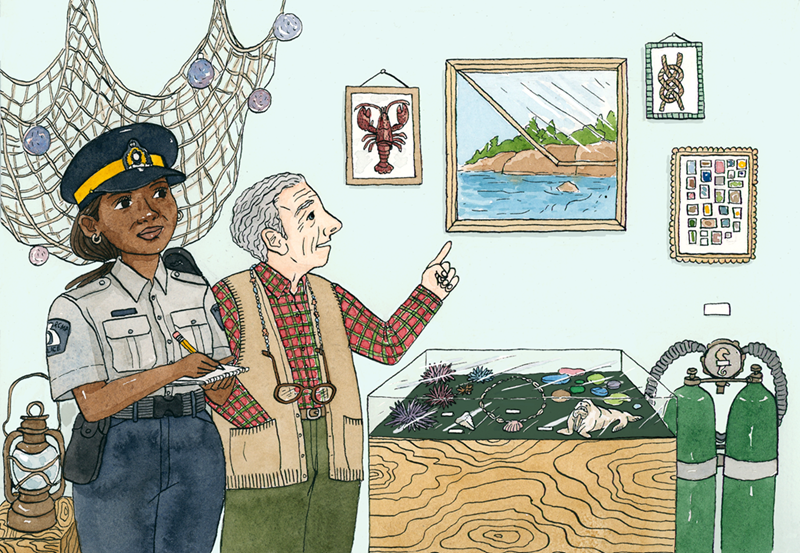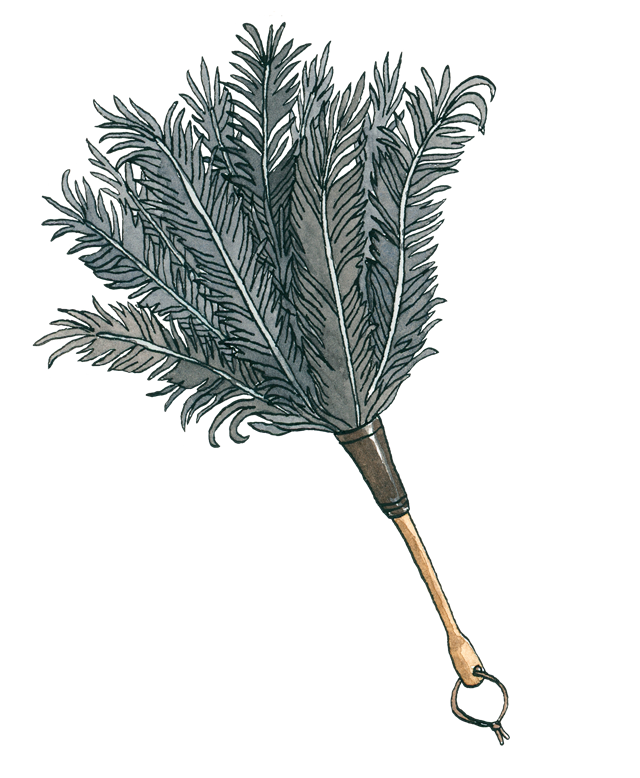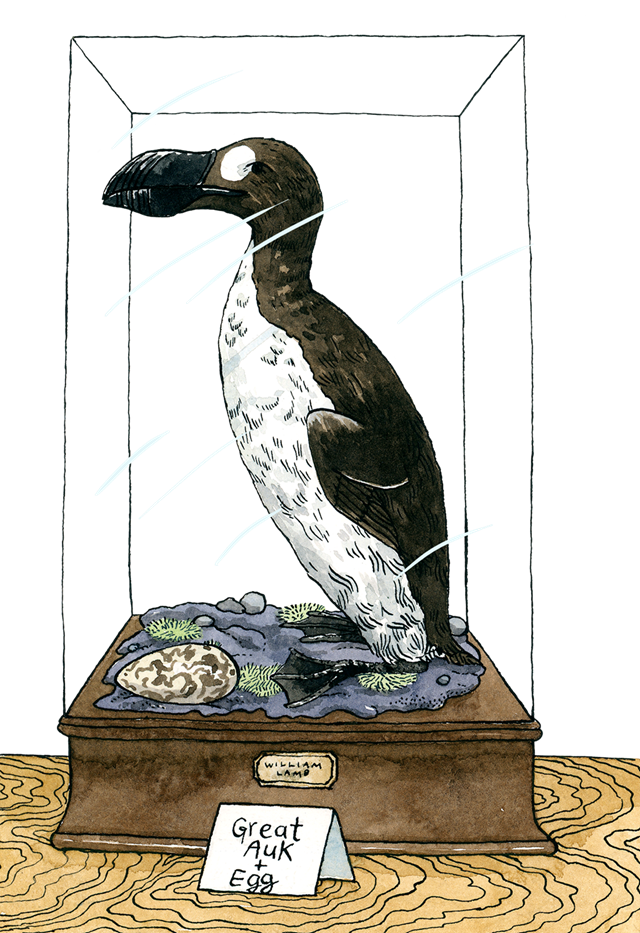Echo Augury I
“Almost every bird or mammal out there,” Kenny Swale liked to say, gesturing out the window, “has a ghost at its shoulder. A family ghost. The razorbill has the great auk, the harlequin duck has the Labrador duck, the waders have an extinct curlew, the mourning dove has the passenger pigeon, the American mink has the sea mink… all gone now. But here in my museum, the ghosts are alive. People can mingle with them and marvel and learn. And I charge peanuts for it.”
A home for ghosts — that was Kenny Swale’s Museum of Lost Creatures, a ramshackle wooden house, bleached by time and the salt air, that overlooked the inner Bay of Fundy. For two generations, the museum had told the story of wildlife that had gone extinct within historical times in Atlantic Canada. Now, Kenny was looking forward to the museum’s fortieth anniversary celebration. He had organized a shoreline cleanup, and a cake, and a speech by the colourful mayor, Mackintosh Jensen — Mac the Untamed, as the local newspaper called him. But then something happened that threatened to upset all his plans: the museum was burglarized.
“They stole my great auk!” lamented Kenny to Carys Michaelson, the young RCMP officer who had come to investigate. “And my great auk egg.”

Artist: Robin Clugston
The two of them stood at the back of the museum, eyeing a small window that had been forced open. On the shelves beside them were dried sea urchins, a shell necklace, driftglass of various colours, a shark’s tooth, and a carved walrus six inches long (its tusks were made of toothpicks). The place smelled pleasantly of old wood and the sea.
“A stuffed specimen of the extinct great auk,” said Carys, writing in her notebook, “and a preserved egg of the same species. Anything else?”
“Yes. A feather duster.”
Carys looked up. “A feather duster?”
“It’s not part of a display or anything — I was just dusting the exhibits last night. I don’t know why they’d want that old thing.”

Artist: Robin Clugston
“They didn’t do much damage in breaking in,” remarked Carys. The window had been expertly forced open, but with no breakage.
“Professionals,” said Kenny glumly. “But here’s an odd thing: they left a lot of other valuable stuff, like my pair of tusks from the Atlantic walrus. Did you know, Carys, that Atlantic Canada used to have its own population of —”
“Yes, Kenny, you’ve told me. Do you have photos of the great auk and the egg?”
“I’ll dig ‘em up for you.” He sighed and gazed out the window to the seashore. “Well, I’m not going to let this get me down. The celebration is going ahead!”
That evening, Carys went online to learn more about the great auk. A large flightless bird with a soft, satiny plumage, it was twice as big as modern auks and murres. It had a large lobster-claw of a beak, grooved to let water run off, and a white eye-patch. Coloured like a penguin, it also walked like one… with a wobble. But in the sea, it could out-porpoise a porpoise, swooping and darting after fish like a nighthawk around a streetlight. It could dive to depths of several hundred feet—some experts believed as deep as six or seven hundred feet, where a passing blue whale would just be a huge roiling of the twilight, and glass squid would weave needle-points of golden-yellow light. You could say it was a sky-seeking creature like a swift, except that it sought the sky beyond the seabed, on the other side of the planet. It was hunted to extinction for its plumage and oil. In Scotland, townspeople once clubbed a great auk to death for being a witch; a sailor reported that it made no sound when it died.

Artist: Robin Clugston
Carys closed her laptop and sat looking out the window. She had spent all her life on the Prairies and moved here recently for this job, but she had always been fascinated by the ocean—in fact, she used to dream of it as a kid. She loved living right beside the Bay of Fundy and breathing in the salt air.
I’m going to get that great auk back, she thought. And the egg. And the feather duster…. though she was sure Kenny could pick one up for nothing at the Dollar Store.
Later, asleep beside an open window, she dreamed of diving into the Bay and swimming far out into the open sea. She was excited — after twenty years, she was dreaming of the ocean again! But strangely, she saw nothing: no whales, no fish, no streams of blue-green bioluminescence that slid and eddied like the flow patterns in a lava lamp. She floated alone in a hazed void that was as empty of life as the moon.
Nature Canada and other environmental groups have identified the inner Bay of Fundy (Nova Scotia/New Brunswick) as one of four priority marine areas needing protection. Find out how you can help protect these and other ocean sites by becoming a Nature Canada Ocean Defender!
Special thanks to Ottawa artist Robin Clugston for illustrating this original Nature Canada eco-mystery.
Don’t miss an episode of Echo Augury! Sign up for the Nature Canada Newsletter.



